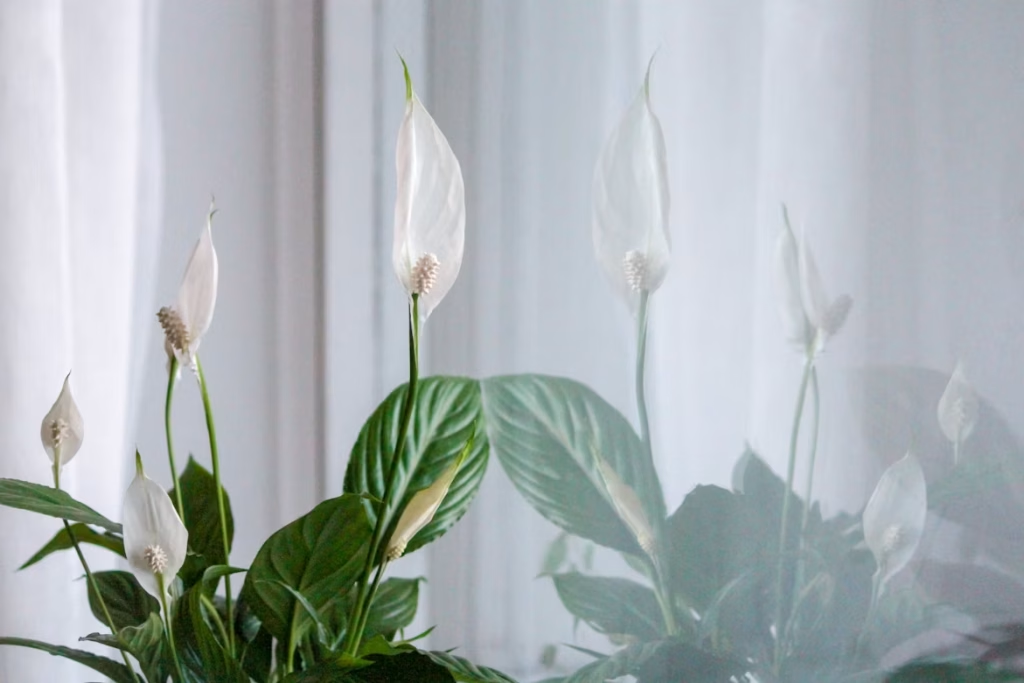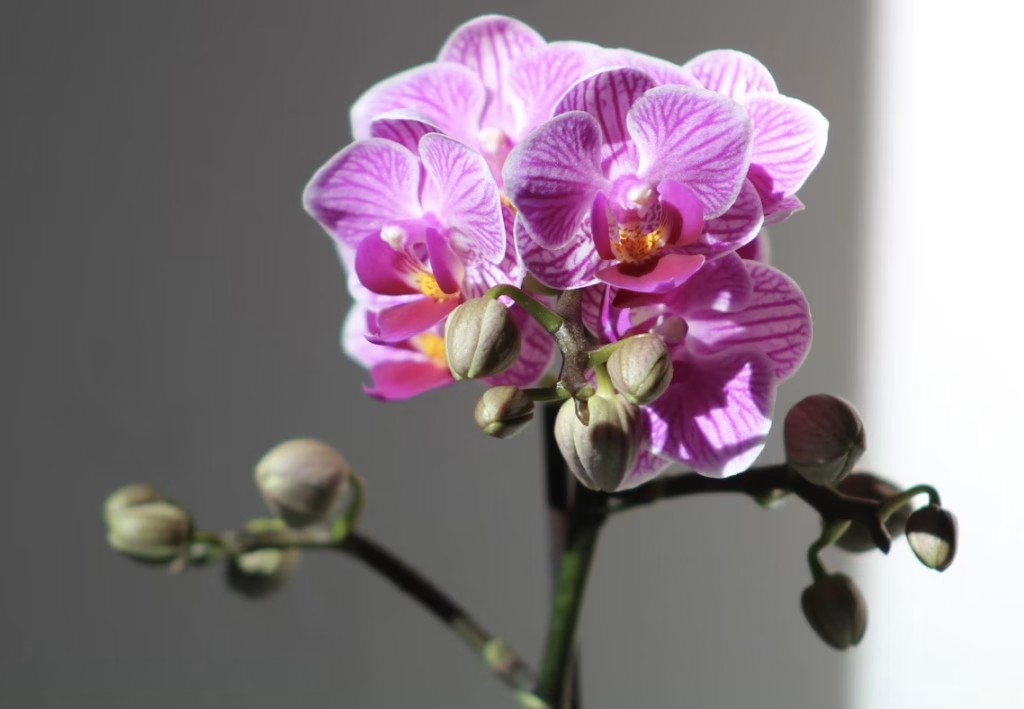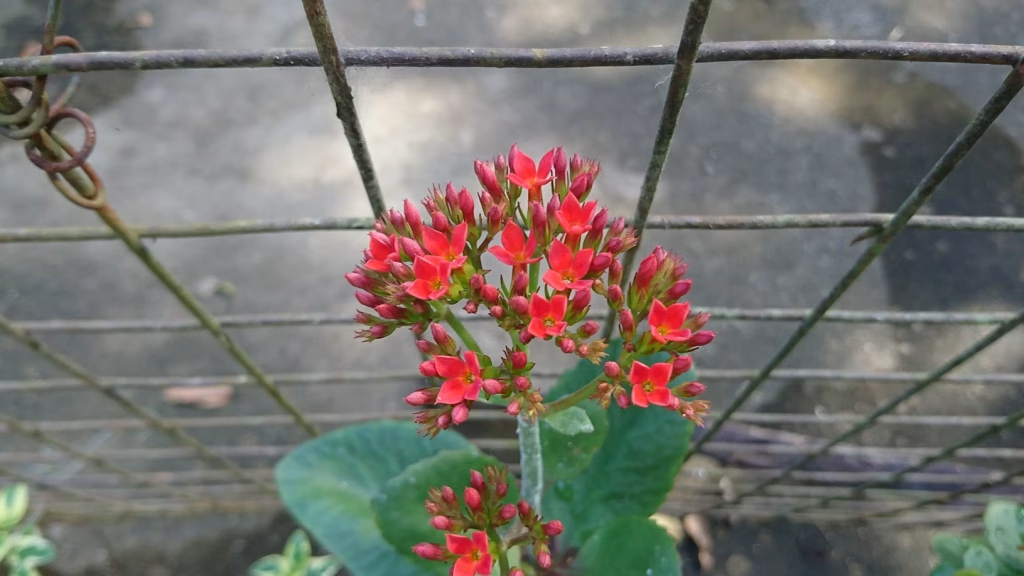Most indoor plants are known for their lush leaves — glossy, sculptural, reliably green. But if you’re craving a bit of colour and scent, there’s another tier of houseplants that quietly bridge the gap between greenery and florals: flowering indoor plants. These plants offer the best of both worlds — they’re hardy enough to thrive inside yet reward you with blooms that brighten corners and lift moods.
Below is a carefully curated guide to the best indoor plants that also flower — for those who love the satisfaction of growing beauty that lasts longer than a bouquet.
Why choose flowering indoor plants?
Flowering houseplants give you continuity — they can bloom multiple times a year and, with the right care, live for decades. Unlike cut flowers, they evolve with your home’s rhythm: growing fuller with each season, dropping petals, then starting again.
They also:
- Add gentle fragrance and colour to otherwise green-dominated interiors.
- Clean the air (many still act as natural purifiers).
- Encourage mindfulness — the reward of seeing a bud open is small but grounding.

1. Peace Lily (Spathiphyllum)
Why it’s loved: Low-maintenance and elegant, with glossy dark leaves and creamy white blooms that resemble sculptural sails.
Care tips:
- Thrives in low to medium light — ideal for living rooms or offices.
- Water weekly and let the topsoil dry slightly between waterings.
- Wipe leaves occasionally to remove dust.
Bonus: Also filters indoor air pollutants like formaldehyde and benzene.

2. Anthurium (Flamingo Flower)
Why it’s loved: Shiny, heart-shaped leaves and vivid red, pink, or white spathes that look almost lacquered. It blooms for months on end and feels modern in minimalist or contemporary spaces.
Care tips:
- Prefers bright, indirect light and consistent humidity.
- Mist occasionally or place near a humidifier.
- Use well-draining potting mix.
Styling tip: A single Anthurium looks architectural on a side table or shelf — no bouquet needed.

3. Phalaenopsis Orchid (Moth Orchid)
Why it’s loved: Graceful, long-lasting blooms in whites, pinks, and purples that can last up to three months. Despite their refined appearance, these orchids are surprisingly resilient.
Care tips:
- Indirect sunlight and moderate watering (roughly every 10–14 days).
- Avoid standing water — good drainage is key.
- Let roots dry between watering.
Trick: Once flowers drop, cut the stem just above a node — new blooms often reappear within months.

4. Kalanchoe
Why it’s loved: A compact succulent that erupts into clusters of bright flowers — red, orange, pink, yellow — perfect for window sills or kitchen benches.
Care tips:
- Needs bright light (ideally near a window).
- Water sparingly — too much moisture leads to rot.
- Remove dead blooms to encourage new buds.
Bonus: A great entry-level flowering plant for those who forget to water regularly.

5. Begonia
Why it’s loved: A personality-packed plant that offers dramatic foliage and delicate blooms. Varieties like Begonia rex have metallic leaves, while Begonia elatior produces soft pink or coral flowers.
Care tips:
- Prefers bright, filtered light.
- Keep soil moist but not soggy.
- Avoid getting water on the leaves to prevent mildew.
Styling idea: Pair different begonias together for a maximalist, cottage-inspired effect.

6. African Violet (Saintpaulia)
Why it’s loved: Nostalgic, charming, and endlessly rewarding. African violets bloom almost continuously under the right conditions, adding splashes of violet, blue, or pink to desks and shelves.
Care tips:
- Loves bright, indirect light and evenly moist soil.
- Water from the base (not over the leaves) to prevent spotting.
- Avoid drafts and direct sun.
Pro tip: Rotate the pot every few weeks for even growth.

7. Bromeliad
Why it’s loved: Tropical and sculptural with vibrant central blooms in red, orange, and yellow. Adds a modern, resort-like energy to indoor spaces.
Care tips:
- Bright, filtered light and high humidity.
- Keep water in the central “cup” (the rosette) and replace weekly.
- Well-draining soil is essential.
Fun fact: After flowering, bromeliads often produce “pups” (baby plants) that can be repotted to grow anew.
Creating a flowering home environment
To help your flowering houseplants thrive:
- Light: Most bloomers prefer bright, indirect light. East-facing windows are ideal.
- Humidity: Bathrooms and kitchens are often perfect due to natural humidity.
- Feeding: Use a balanced liquid fertiliser during growing months (spring–summer).
- Rotation: Turn pots regularly for even growth and consistent flowering.
Final thoughts
Flowering indoor plants offer something quietly magical: they turn the everyday — a bookshelf, a windowsill, a kitchen counter — into something alive and evolving. Whether you’re drawn to the effortless elegance of orchids or the cheerfulness of kalanchoes, there’s a flowering plant suited to every space and personality.


